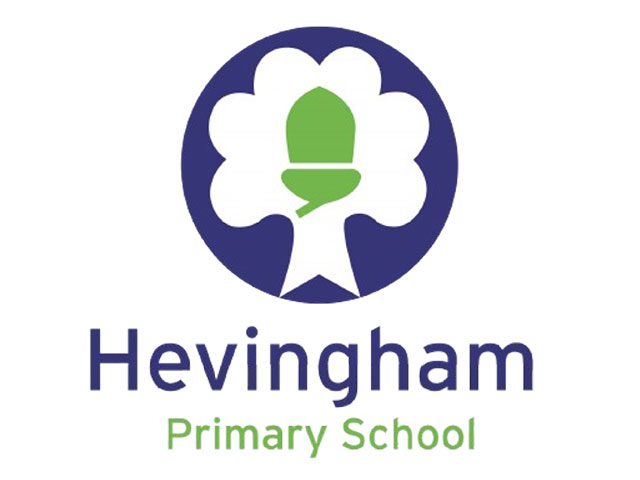| 3. Make Up Your Own Story | |||
| Milestones | What this will look like | How adults can help | |
| Between 2 – 3 Years Old | Children enjoy listening to a short, simple story. | Children are settled by a calming, familiar voice. Children can maintain focus for short periods of time. Children demonstrate understanding of a story, using pictures to help. | Adults will make time for “story time” at least once a session, making this a quiet, calm and enjoyable activity. Adults will model and support the development of listening skills and understanding in an encouraging way – “Look at the picture! Can you see the…?” Adults will provide a range of books for children to access freely. They will carefully select books that are high quality and reflect the children’s needs and interests. |
| Children talk about books and stories. | Children can identify a favourite story. Children can answer simple – who, what, where – questions. Children repeat some words and phrases from a familiar story or rhyme. Children develop imaginative play around familiar stories. | Adults can offer a choice of book to the children during story times, talking about the books on offer and taking everyone’s opinion on board. Adults will vary the way stories are shared – some will be read through for the children to listen to and during others (especially for a second or third reading) adults will ask carefully considered questions to extend the children’s understanding. Adults will provide resources around key texts to encourage imaginative play. They will also take part in this, modelling the use of new and relevant vocabulary as well supporting the development of social and communication skills. | |
| Children enjoy making marks. | Children notice some print in their environment. Children explore a variety of ways to create marks. Children sometimes give meaning to marks, telling an adult what they have drawn or making marks to represent their name. | Adults will provide a word rich environment, using differing levels of relevant vocabulary and ensuring that it is all visible to the children within the setting. Adults will provide a wide range of engaging mark making resources and activities, encouraging all children to take part and celebrating their successes. Mark making will be interwoven throughout the environment. Adults will model given meaning to marks and support children to do the same – “I have drawn an elephant. Here is his long trunk. What have you drawn? Oh yes, I can that you have drawn a…” | |
| Between 3 – 4 Years Old | Children can retell a familiar story. | Children are able to listen well for longer periods of time. Children join in with repeated and key words and phrases when listening to familiar stories. Children understand and answer “why” questions. They recall key characters and events from familiar stories, sometimes in sequence. Children can retell a simple story during play, such as acting out a fairy tale, and use new and relevant vocabulary. | Adults will introduce children to gradually more complex narratives and a range of different text types, including poetry and non-fiction. Adults will read these texts several times with the children, encouraging the repetition of key words and phrases both during the story and while in play. Adults will model making basic predictions and inferences about books – “I think the cat is sad because he is crying.” – so that children are able to answer more complex questions. Adults will introduce children to basic story sequencing, such as story paths or picture ordering, and provide resources for children to explore familiar texts through imaginative play. |
| Children can look at a book independently. | Children are aware of how to hold a book, follow text, and turn pages correctly. Children tell the story while looking at a familiar text. Children are interested in print and are aware that it carries meaning. Children choose to look at books independently. | A wide range of high quality books will be freely accessible for children within the setting. Adults will take the time to share these with children one to one, in small groups and in whole class groups. Adults will use words around the environment with the children for a purpose – for example, during tidy up time or for creating a menu for the day’s snack bar. | |
| Children give meanings to the marks they make. | Children use a comfortable grip with good control when holding pens and pencils. Children begin to show a preference for a dominant hand. Children can explain the marks they have made, assigning meanings to them. Children use letter like symbols to represent writing. Children begin to form some letters and can write some or all of their name. | Adults will teach tripod and two finger pencil grips, as appropriate. Adults will also ensure that children have suitable tools, such as left handed equipment or thicker pencils where appropriate. Children’s mark making and early writing will be celebrated. Adults will model writing for a purpose within the setting, narrating what they are doing. Adults will also scribe for children, helping them create labels, signs, stories etc. to encourage an interest in purposeful writing. | |
| Children begin to develop a phonological awareness. | Children recognise rhyme with the support of an adult. Children can clap syllables within words. Children are able to identify and sort items using initial sounds. | Children will take part in short, adult led phonics session following the school’s phonics scheme. | |
| During the Reception Year | Children develop their phonic knowledge. | Children participate in phonics teaching sessions. Children apply this knowledge during play. | Children will take part in daily adult led phonics sessions, following the school’s phonics scheme. Adults will provide resources and opportunities for children to independently apply this knowledge during play. |
| Children are able to listen effectively. | Children can explain what makes a good listener. They can apply these skills, mostly without support, in a range of scenarios. Children will ask questions about stories or other texts that they have listened to. | Adults will focus on building listening skills through games, stories and circle times. They will also model listening to others within the environment and will celebrate children’s good listening in all situations. Some children may need visual reminders. | |
| Children are able to tell a story. | Children continue to develop their vocabulary, using new words in an appropriate context during play. Children engage in a range of books, both independently and with an adult. Children are able to verbally tell a story, using both key words and phrases and their own words. Children are able to connect ideas and events to form a narrative. | Adults share carefully chosen, high quality books with the children at least daily. These books are also available for the children to access independently. Adults discuss new and interesting words and phrases with the children. Adults will provide resources for children to retell and act out stories during play but will also plan focussed adult led activities around this. | |
| Children are able to write in a way that others can read. | Children are able to verbally compose a sentence for writing. Children are able to use their phonics knowledge to read and write words before progressing to phrases and sentences. Children are able to form most letters correctly, holding a pencil comfortably and with good control. Children are able to use some basic punctuation correctly, with the support of an adult. Children can read their own writing. | Adults will model writing within the environment, narrating what they are doing. Adults will also scribe for children and undertake shared and group writing, both during play and in planned activities. Adults will provide comfortable places for children to mark make, enabling them to sit comfortably and develop core strength. They will teach pencil grip and letter formation, following the Nelson Handwriting scheme. Children’s early writing will be shared and celebrated. | |


